Description
What is a Poly Pig?
Poly Pigs, also known as Foam Pigs, are flexible and cost-effective tools designed for pipeline cleaning. Made from open-cell polyurethane foam, they are widely used across various industries—including oil and gas, water treatment, chemical processing, and food and beverage—to clean pipelines, remove debris, and aid in product displacement.
Different Types
| Type | Description | Application |
|---|---|---|
| Bare Foam Pig | Uncoated pig made from plain polyurethane foam | Light cleaning, drying, dewatering |
| Criss-Cross Coated Pig | Foam pig with an abrasive urethane coating in a criss-cross pattern | Moderate cleaning and longer wear |
| Fully Coated Foam Pig | Covered entirely in polyurethane elastomer | High-abrasion cleaning and extended runs |
| Wire Brush Foam Pig | Foam pig with embedded wire brushes | Aggressive cleaning and scale removal |
| Dual-Density Foam Pig | Made with two foam densities for added strength | Cleaning lines with tighter bends or restrictions |
Advantages
Poly Pigs offer several advantages that make them a popular choice for pipeline maintenance. Their flexible design allows them to easily navigate 90° bends, valves, and reducers, while their lightweight construction requires minimal force to launch. They are also cost-effective, making them ideal for one-time or short-term use. Additionally, they are non-damaging, which makes them suitable for delicate or internally lined pipelines. For enhanced monitoring, Poly Pigs can be fitted with magnets or transmitters, making them easy to track as they move through the pipeline.
How to Use Poly Pigs for Pipe Cleaning
To begin, select the appropriate Poly Pig based on key factors such as the pipeline’ s diameter, total length, the desired level of cleanliness, and the type of media (e.g., water, oil, chemicals) present in the system. Choosing the right pig ensures optimal cleaning performance and prevents damage to the pipeline.
Next, prepare the pig launcher by inserting the Poly Pig and confirming it fits snugly within the pipe. A proper fit is crucial to ensure the pig maintains contact with the pipe walls as it travels.
Once the pig is in place, use a compatible fluid or gas to propel it through the pipeline. Common driving media include water, oil, or compressed air. The pressure from the fluid or gas pushes the pig forward, allowing it to scrub the pipe interior and displace any debris.
As the pig moves through the line, it’s important to monitor its progress. This can be done using optional tracking devices such as magnets or transmitters, or by observing changes in flow rate and pressure, which can indicate the pig’s location.
Finally, retrieve the pig at the receiver end of the pipeline. After removal, inspect it for signs of wear and examine any materials it has collected. This helps assess the pipeline’s condition and determine if additional cleaning passes are needed.
Summary
Poly pigs for pipe cleaning are an essential solution for pipeline cleaning and maintenance. Their adaptability, cost-effectiveness, and ease of use make them a go-to choice for light to moderate cleaning tasks in both industrial and municipal environments.

 English
English العربية
العربية Deutsch
Deutsch Bahasa Indonesia
Bahasa Indonesia Português
Português Русский
Русский Español
Español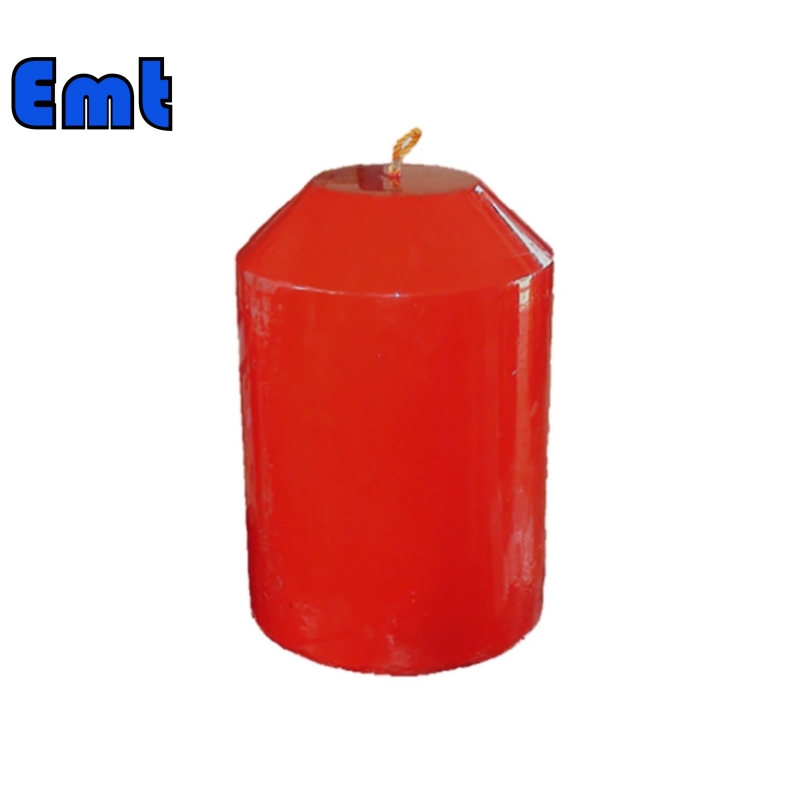
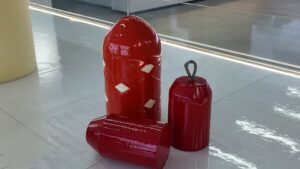
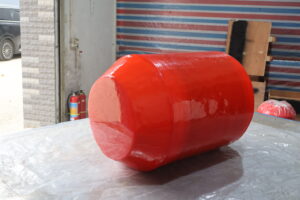
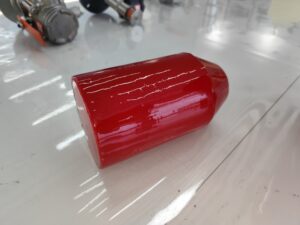
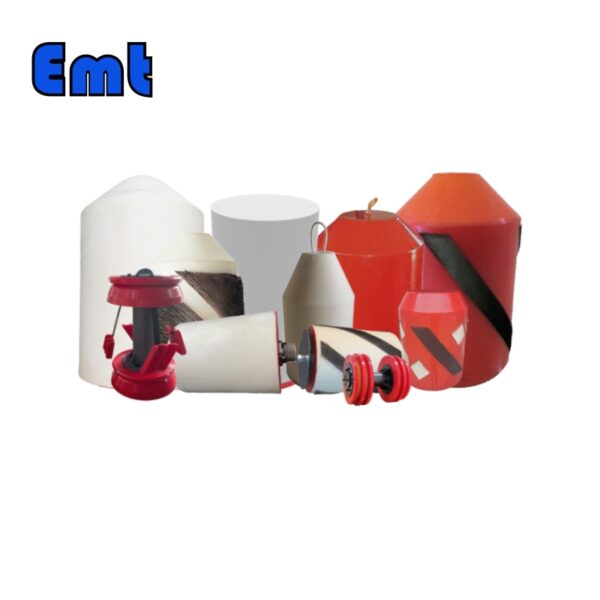
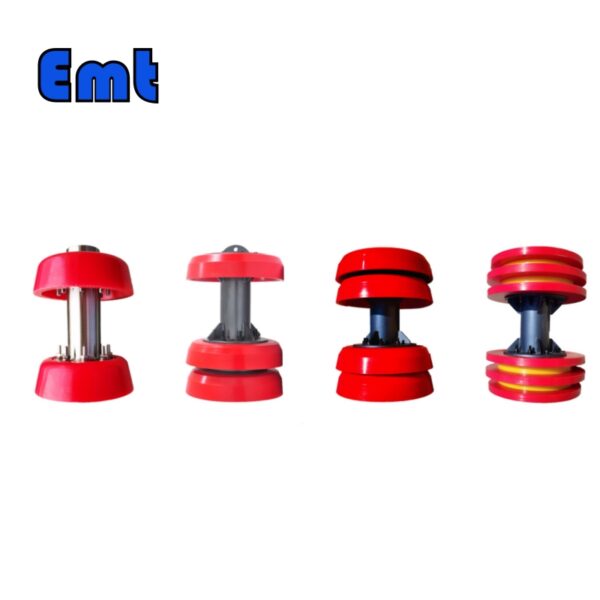
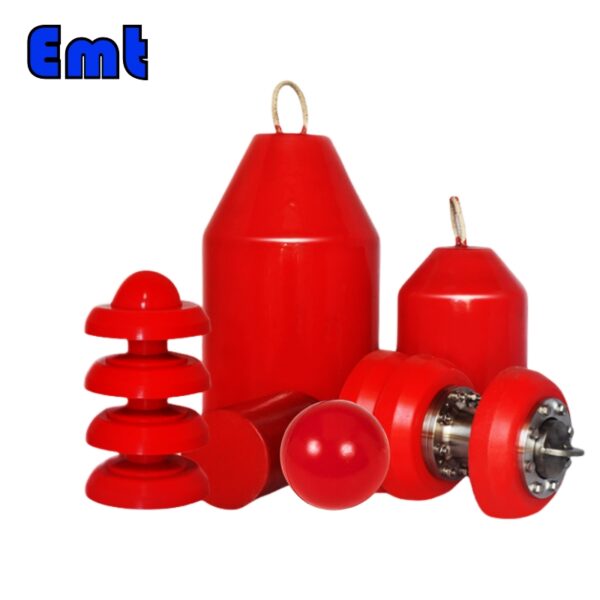
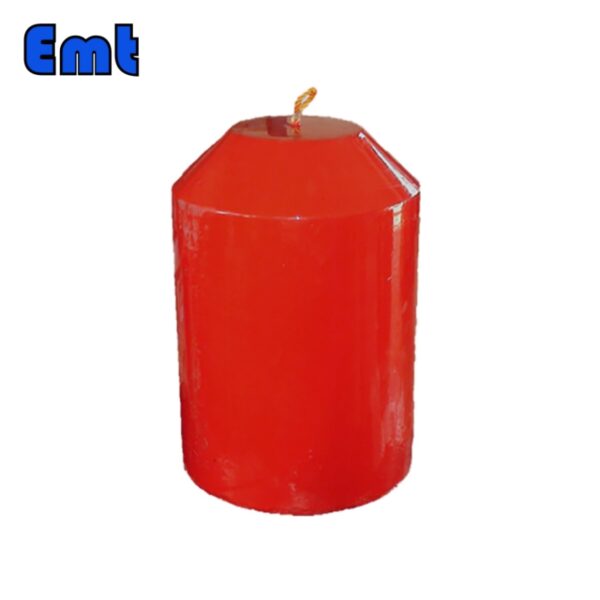
Reviews
There are no reviews yet.